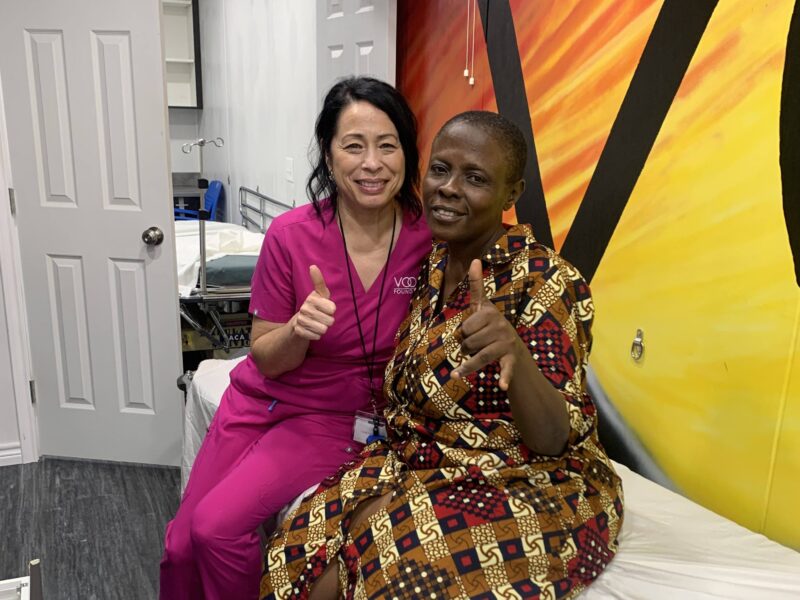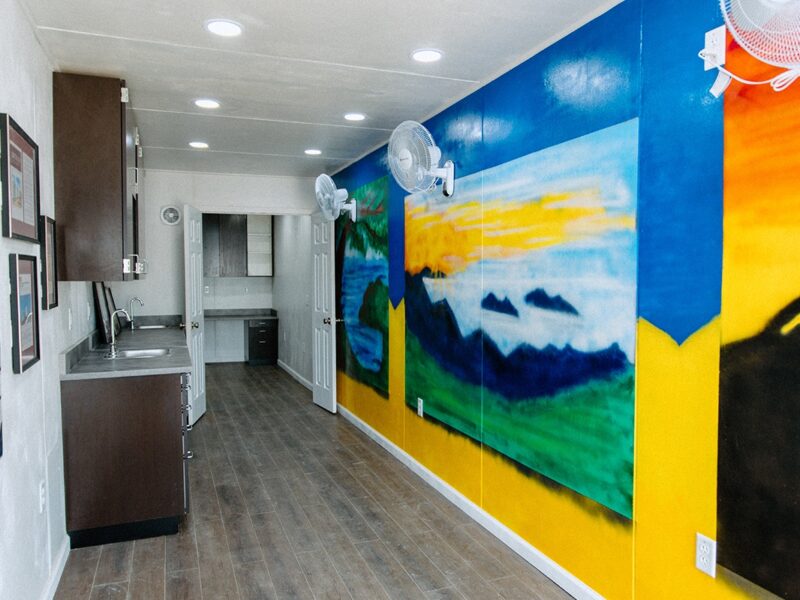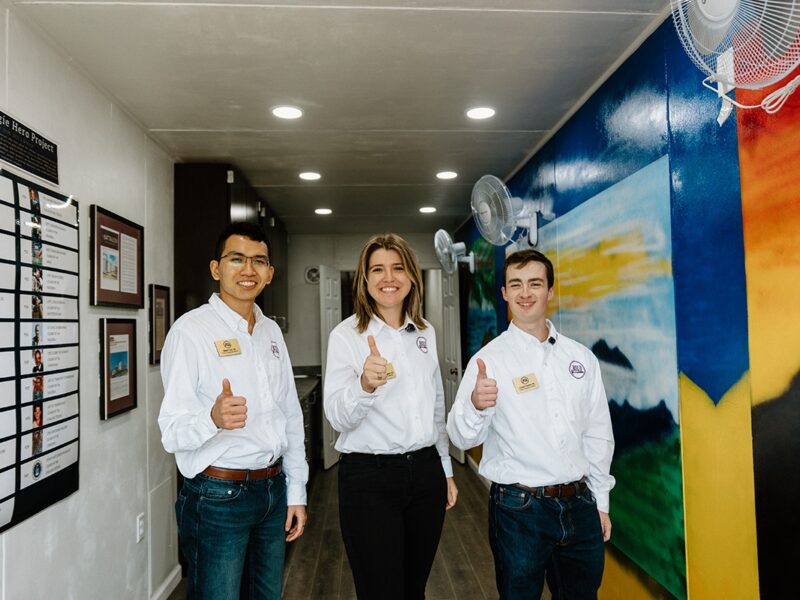BUILD Carries On The Spirit Of Aggie Bonfire Through Selfless Service
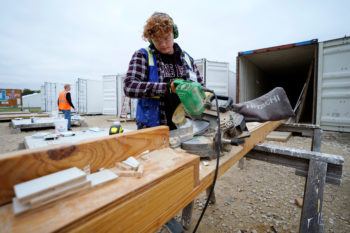
Nearly a decade ago, the commandant of Texas A&M’s Corps of Cadets issued a challenge to Corps leadership.
As former Deputy Corps Commander Bryson Sutterfield ’13 recalls, Brig, Gen. Joe E. Ramirez Jr. wanted cadets to find a new and meaningful way for fish to earn their Corps Brass — a key piece of the cadet uniform symbolizing unity across the entire Corps.
Ultimately, Sutterfield and other student leaders decided to think a little bigger, creating something that could bring together students from all parts of campus while honoring the sacrifices of their fellow Aggies.
Out of those efforts came BUILD, a student-led service organization in the mold of Aggie Bonfire, dedicated to the 12 students who lost their lives in the bonfire collapse of 1999.
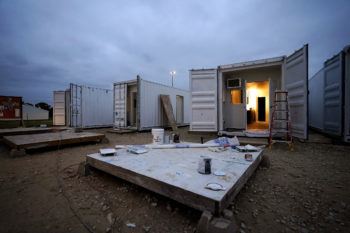
“BUILD exists to meet the need for a physically uniting service project — in no way to replace Bonfire, but to remember and echo what it stood for,” said Nick Janzen, industrial engineering senior and current BUILD CEO.
Each year, the BUILD team organizes crews of volunteers from across campus to build compact, fully-operational medical clinics which are then shipped around the world to help communities in need. It’s important work, all done with reverence for Aggie Bonfire and the students who died two decades ago, Janzen said. An early milestone for the group was the construction of its first dozen clinics, each dedicated to one of the fallen Aggies.
Since then, BUILD and its mission have continued to grow. But as BUILD advisor and animal science professor Gordon Carstens explains, the group hasn’t lost sight of its reason for being. Every year, the group’s leadership works to educate their members and volunteers about the tradition of bonfire and the tragedy of 1999.
“If you’ve ever been out to the Bonfire site for the anniversary, BUILD students always gather up and go over as a group,” Carstens said. “They definitely have that appreciation for the tradition, and I think that’s really what drives a lot of these students.”
From The Ground Up
Back in 2013, Sutterfield said, there was a growing appetite, not just in the Corps but across campus, for a large-scale project similar to what Aggie Bonfire had been: something Corps outfits, residence halls and other student groups could proudly work on side-by-side. The only question, he said, was, “How do we get close to that?”
“That motivated us to say, ‘Okay, let’s not stop at Corps Brass because Bonfire was never just about the Corps, so how do we extend this out?’” said Sutterfield, who recently returned to campus as a graduate student in A&M’s Department of Ocean Engineering. “Our goal was to bring students together from a continuously sprawling campus, one that’s only expanding larger and larger, where students have less and less of a reason to be in the same place at the same time.”
He started talking with other student leaders, and the idea quickly turned into a movement. Before they knew it, the students were in talks with Texas A&M administrators and then-President R. Bowen Loftin about turning their vision into reality.
“The process of physically producing something with your own efforts, sweat and time was an experience that we wanted to replicate,” Sutterfield said.
Getting To Work
That first year, BUILD volunteers worked with Habitat for Humanity to sponsor and construct a new home for a family in Bryan. The next year, Carstens approached the students with the idea to build fully-functional, self-contained medical clinics from 40-foot shipping containers.
Since then, they’ve been partnering with the Houston-based nonprofit Medical Bridges and other NGOs to deploy Texas Aggie Medical Clinics (TAMCs) wherever they can do some good — whether it’s overseas or right here in Texas. As of today, BUILD has deployed 36 TAMCs to provide medical services to communities in need in 20 different countries across five continents.
“The students not only help construct these clinics on campus, but some students also get to travel to the countries where the clinics have been deployed to see first-hand how the clinics are benefiting folks in need,” Carstens said. “These students come back with a different perspective and more fully appreciate the impact that BUILD is having around the world.”
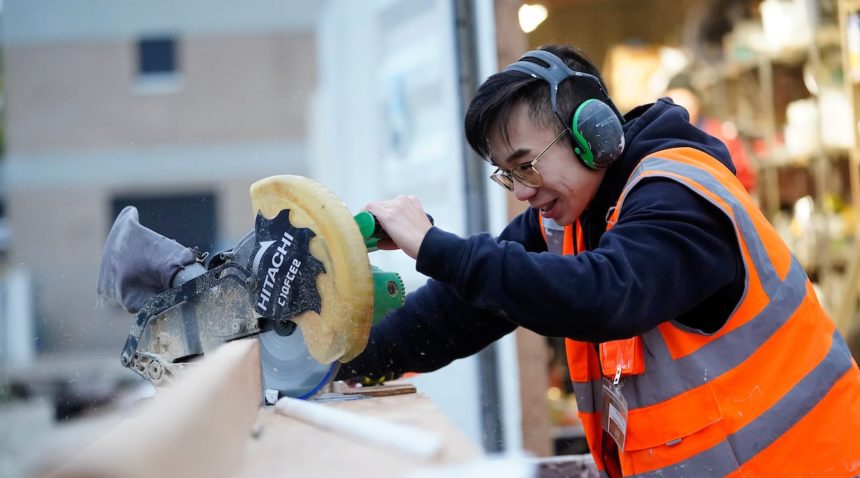
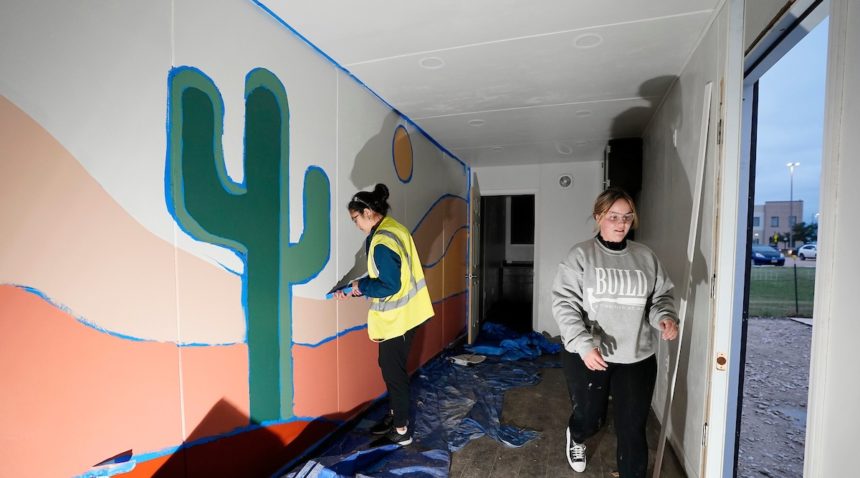
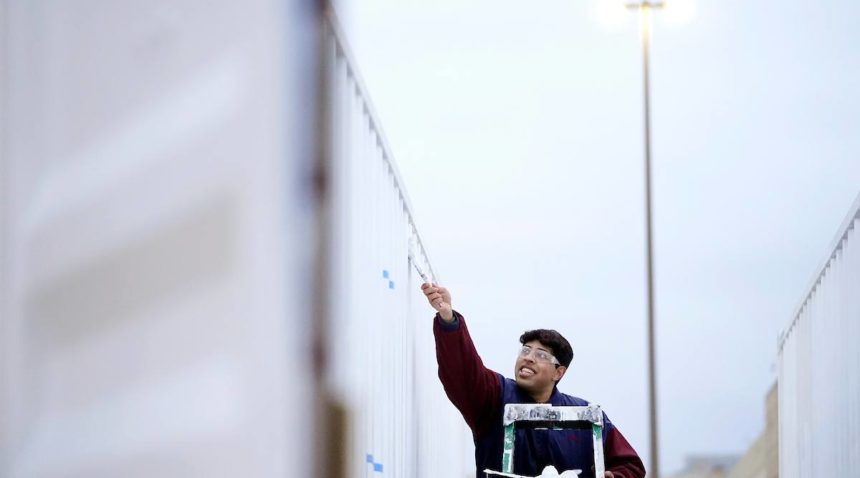
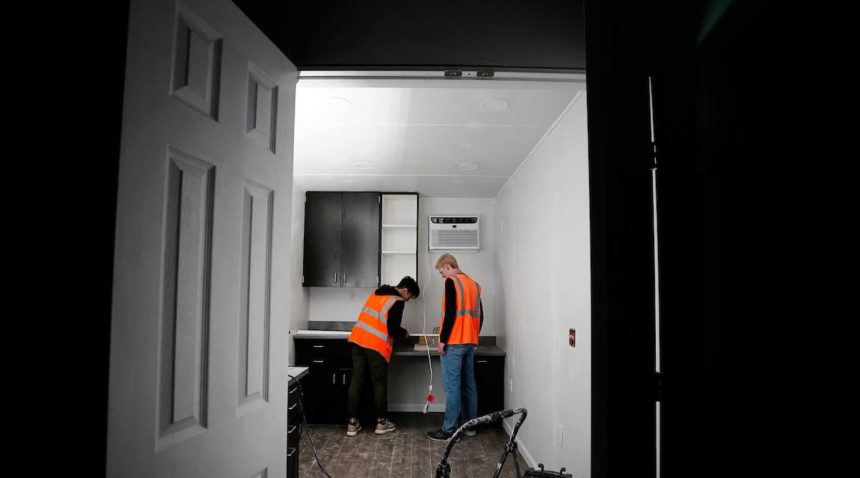
In its mission to unify campus, BUILD has found considerable success. Each fall, students from all over campus answer the call to service, heading out to the BUILD site on Agronomy Road, ready to swing a hammer and get their hands dirty.
“All types of student organizations are part of BUILD, everything from sororities and fraternities, professional organizations, men’s and women’s orgs, FLOs, and the Corps of Cadets,” Janzen said. “We have students who just come out on their own or they grab their roommates or a few friends and come out and spend a few hours making a difference.”
This year, the last day of volunteering is on Friday, Nov. 18 — the same day Aggies will stand in remembrance for the 12 who lost their lives 23 years ago.
“Our student body’s commitment to selfless service is unique,” Janzen said. “I couldn’t imagine pulling off this level of commitment to a project anywhere else.”
Media contact: Luke Henkhaus, henkhaus@tamu.edu
